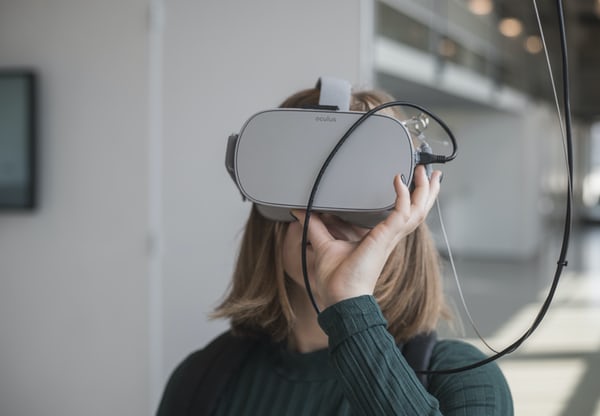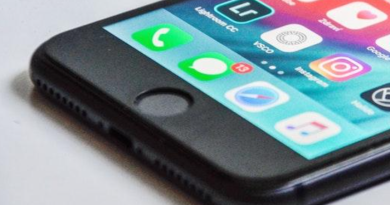How to Get High Conversions Using Techniques from the Gaming Industry
Marketers share the same goal: to develop a memorable, unique campaign that also increases sales. As the market continues to expand, possibilities may seem endless, yet it can be difficult to stop playing it safe. Turning to other industries and checking out their tactics can help one get fresh ideas, and one of the best industries marketers should look to for this is the gaming industry.
Table of Contents
Shaking Up Marketing Strategies
The gaming industry has faced unique struggles in advertising due to the nature of its audiences. Different from movies, where people can simply watch a trailer and decide whether they want to see the film or not, when it comes to video games, people want to be sure of their purchase before they buy them, especially since new games can cost over $60 nowadays.
To combat this issue while still meeting their customers’ needs, developers have designed several tactics to help assure buyers before they commit to their products, such as providing demos and open trials. As digital marketing continues to grow, its future becoming more fascinating each day, and marketers are making increasingly seeking out novel means to connect with their audiences. While some marketers might think that these strategies only apply to certain sectors, such as gaming industry, the opposite is actually true.
Here are a few of the best marketing techniques from the gaming industry that any marketer can apply to their strategy.
Gamification
Gamification is without a doubt one of the best marketing techniques to engage audiences. Many people think of the McDonald’s Monopoly campaign, which is still studied today for its innovative and successful way of interacting with customers. McDonald’s incorporated a variety of elements into the campaign as the years went on, initially starting with peel-to-reveal vouchers on their food packaging, to developing a full-blown online game where customers enter the codes to win freebies and enter sweepstakes.
While creating a literal game to promote a brand is creative and fun, companies can also isolate certain parts of gamification to pique their audiences’ interests. Rewards and discounts, for example, are quite common in the online casino industry and excel at gaining customer loyalty while also attracting new audiences. Free spins, for example, are a common reward for slot players that builds trust between company and consumer because it shows the consumer that the provider is willing to offer competitive value and perks. It makes the company stand out from the rest, which is something customers will remember long after the experience.
However, a word of advice would be to segment audiences and measure which rewards they best respond to, to ensure effectivity. Marketers are becoming increasingly skilled at targeted advertising by utilizing demographics, product preferences, and other metrics to maximize organic reach. By taking the time to analyze the best means by which to create a specific, full-proof plan, brands can take loads of time off their workload. Instead of grasping at straws, they streamline their marketing strategy, saving them vital resources.
Mobile Apps
More and more people are turning to their phones for their gaming experiences. Brands know this and have started to develop immersive games to create engaging and memorable experiences for their customers. With the advent of NFTs, top brands like Louis Vuitton have created mobile games that their fans can play to learn more about their company’s history, check out the new wardrobe releases, and even make in-game purchases. While it may seem daunting and perhaps costly to create a mobile game, it is a fresh way to reach new audiences.

VR and AR
A branch off of mobile games, VR and AR, meaning virtual reality and augmented reality, offer incredible opportunities for brands. For example, the Swedish design company IKEA has been very active in creating VR and AR experiences for their customers. Just in 2017, they created a free-to-play VR video game wherein players can experience what it’s like to use products in an IKEA designed kitchen. They have also developed a mobile app that uses AR, so people can see what a piece of IKEA furniture will look like in their home. Years later, they have revamped their AR app so that customers can put their apartments’ floor plan measurements and current furniture into the app to accurately see how the furniture will fit in their home.
Wrapping Up
As digital marketing becomes more advanced, marketers will need to borrow unorthodox tactics presently more typical of the gaming industry such as those listed above, to shine in a sea of competitors.









